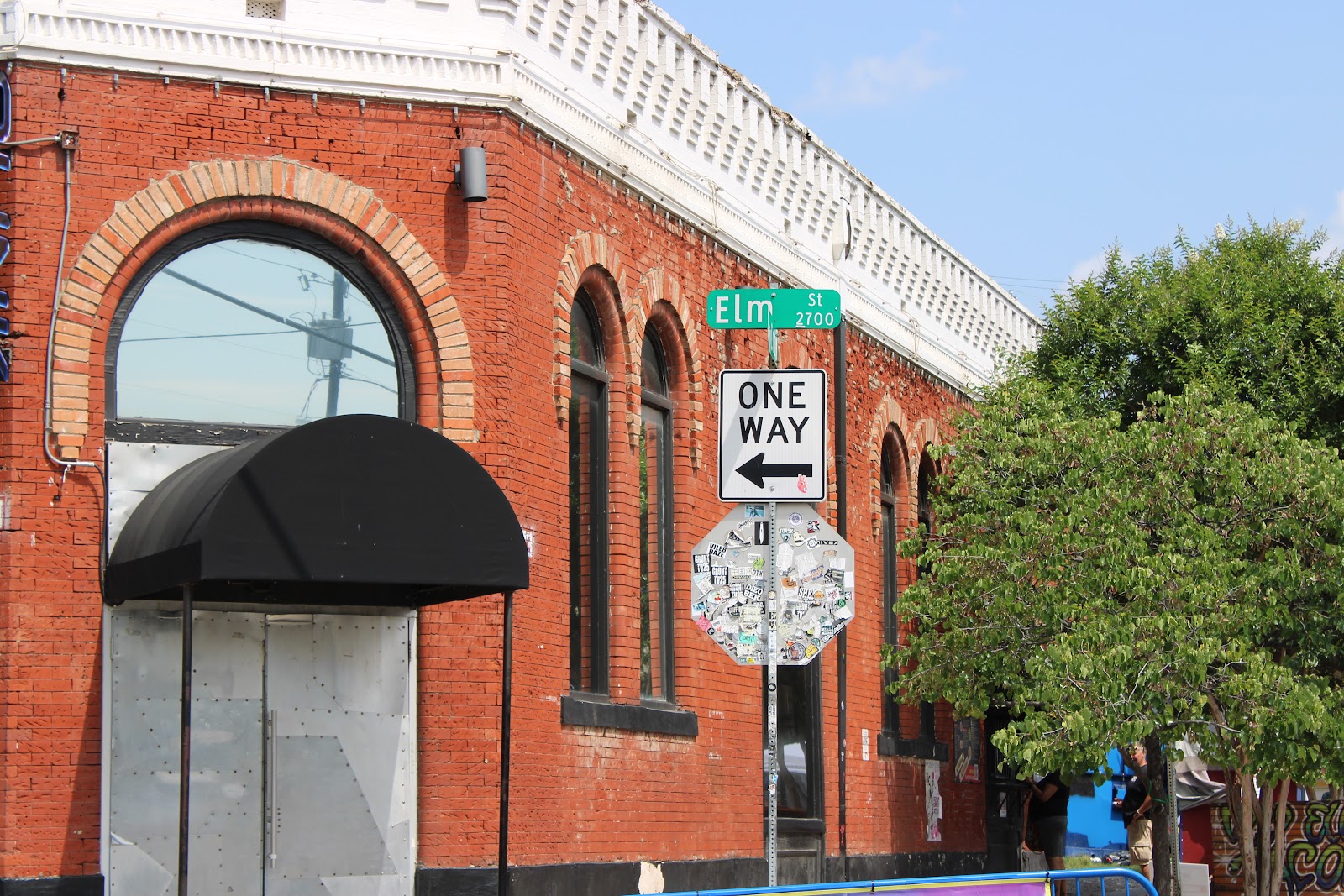At least once a year, I try to visit the graves of the down-trodden and forgotten. Call it what you will. In fact, the Good Book says that we should visit the graves of the dearly departed. The term
dearly could mean family. It could mean friends. It could also mean the down-trodden and forgotten. There are a couple of graves that I visit at the National Cemetery, too. It takes some effort, sure. But, people turn out by the tens of hundreds to visit Elvis' grave at Graceland, or JFK's grave at Arlington. Jim Tipton of Find-A-Grave fame, made a hobby of visiting celebrated individuals at their graves. Ancerstry.com had been linking to his site for years before finally buying the site. In Dallas, there are several that fall into two groups. Those on the Shady side of the street and those on the Sunny side of the street. I visit both because I do not judge anyone. True, I might express displeasure with their viewpoints, but as a person, to judge is not in my cupboard. So going to the grave of Lee Harvey Oswald, or Bonnie Parker or any other is a way to spend an afternoon in the summer. I have a personal connection through mom as to why I visit the grave of movie star, Greer Garson and while in that cemetery, I go see Mickey. To me growing up, he was Mr. Baseball. He still is.
Yesterday, I was checking up on the progress of the US Geological Surveys Ft. Worth Field Office's installation progress of radar measuring devices over waterways. I had taken pictures earlier in the summer of one of their new devices and had talked with their
Public Information person in Austin. After looking at the pictures, the PI person ask if I would withhold one image until such time as the Field Office had completed the installation. Naturally, I'm going to comply with her wishes.She explained to me what they were waiting on to complete the installation and in my original image, there was a bare wire that had not and could not be completed at the time the unit was placed. Once that wire is connected, then I am free to release the images as stock.
That also means going back and retaking the image again. So, since there are two more units in the works, I'll wait until they are all complete and then go out and shoot all three. There are no stock images of these new devices anywhere. Therefore, not only do I not want to reveal the locations at the request of the USGS office, I don't want the competition shooting them either! So, I go on a faux-shoot and just observe the progress. But, on the way back from any shoot, I try to fulfill my penitence and visit a few graves of forgotten and down-trodden souls.
Yesterday, it was the grave of Bonnie Parker of Bonnie and Clyde fame. Clyde's grave was a bit closer to where I was but you can't get into the cemetery because it is posted and locked. There are those that have done so but my images go untouched by the devil of soft wear that is called photo shop, I don't shoot images on posted property either.
If I am invited, that's one thing and I carry releases with me. Or, if on common property that can be shot from a street or public place, I shoot until the cows come home. While trying to respect the fact that graves are family related and sensitive, weighing those images in the general public interest in a good way is permitted. It's only when in the name of "news" that you try to put someone down in bad light using the media, that colors the waters of photo journalism and related forms. That's why the tabloids have so much trouble.
Bonnie Parker was a girl that had a good heart. She lived in a time when the Wild had not totally been removed from the "Wild West" by time. It was the first modern era of the Wild West with Prohibition and real gangsters like Thomas "Lonnie" Licavoli, and Al Capone. It was a time when making a name for yourself was recorded with the old flash-type cameras, daily newspapers running headlines with one and two inch block type; the bigger the type, the bigger the story. And the villains made their fame with the clothes still on. My, how things have changed. And it's still as political today as it was then; even more today, I would say.
Since my last visit there, the care at Crown Hill has gone down. The mausoleum is showing its age on the outside. The grass had not been cut. The grounds were dry and cracked and Bonnie's grave was without grass. Still, the grave echoed a message through the inscription on the headstone that rang of an inter- character. Bonnie Parker was a good person at heart.














